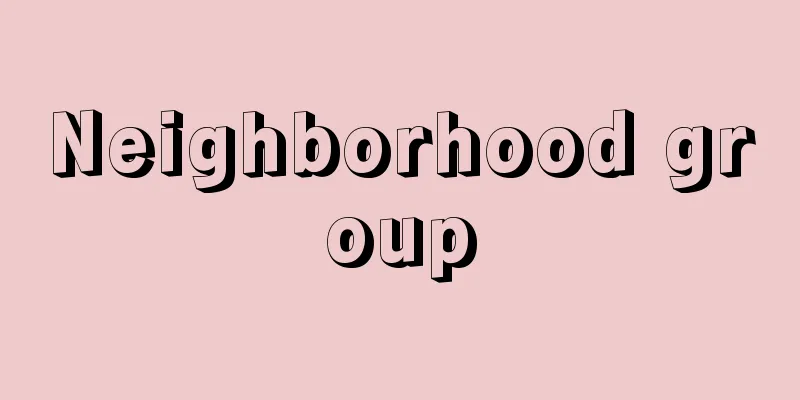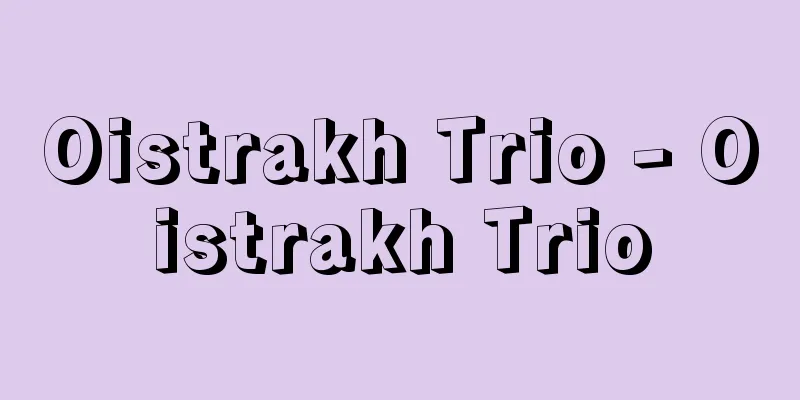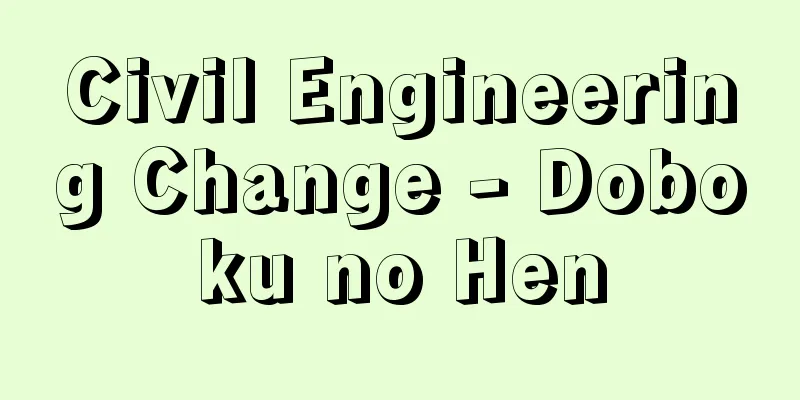Neighborhood group

|
Refers to a group form based on neighborhood ties. It is sometimes used synonymously with district groups and regional groups. A typical example of a neighborhood group in Japan is a neighborhood association. While neighborhood associations have their own historical history and institutional framework, in urban areas that have undergone urbanization and modernization, the birth of various circles and club-type neighborhood groups based on the voluntary will of residents has been encouraged. Areas such as friendship, mutual assistance, learning, and problem solving (conflict resolution and other) have expanded due to living in the same neighborhood. These activities can be said to involve residents sharing the joys and sorrows of neighborhood life (shared suffering and shared enjoyment), but they are a more spontaneous and flexible group form than existing neighborhood associations and neighborhood groups. Recently, there has been a tendency to emphasize "networks" as a web of human ties that are based on a place, rather than "places" as a neighborhood. In America, under the theme of "urbanization and neighborhood groups," there are many surveys that ask about the amount and level of participation of urban residents in various neighborhood groups. Particularly in the new suburban areas of large cities, residents use neighborhood group participation as a circuit to come into contact with a loose web of human ties, while at the same time emphasizing a sense of belonging to the community. Genealogically, neighborhood planning, which descends from community planning, and neighborhood groups are also conceptually a set. The neighborhood theory of Clarence Arthur Perry (1872-1944) and others is well known, as it attempted to materialize ideals such as "natural greenery, sunshine, and space," "fulfilling living environment facilities," and "provision of opportunities for human interaction and participation" on a neighborhood basis. [Michihiro Okuda] "Social Design of Communities" by Michihiro Okuda et al. (1982, Yuhikaku) "Community Solutions: Towards Voluntary Problem Solving" by Ikuyo Kaneko (1999, Iwanami Shoten) [Reference] | | |Source: Shogakukan Encyclopedia Nipponica About Encyclopedia Nipponica Information | Legend |
|
近隣的結合に基づく集団形態をさす。地区集団、地域集団などと同義に用いられる場合もある。日本の近隣集団の典型としては、町内会などがあげられる。独自の歴史的経過と制度的枠組みをもつ町内会などに対して、都市化・近代化の進展をみた都市的地域においては、居住者の自発的意志に基づくさまざまのサークル、クラブ型の近隣集団の誕生が促されている。同一近隣内における居住を契機とする親睦(しんぼく)、相互援助、学習、問題解決(紛争処理その他)などの領域の広がりがみられる。近隣生活の楽しみあるいは苦しみをともに担い合う(共苦―共楽)居住者の諸活動といえるが、既成の町内会―隣組などに比べて自発的で、柔らかい集団形態である。最近では、同一近隣という「場所」placesより、むしろ場所を磁場とする人的結合の網の目という「ネットワークス」networksを重視する傾向にある。 アメリカでは、「都市化と近隣集団」のテーマのもとに、都市住民の各種近隣集団への参加の量と程度を問う実態調査が多い。とくに大都市新郊外地域では、住民が近隣集団参加を回路として緩やかな絆(きずな)=人的結合の網の目に触れ合うと同時に、地域への帰属感の強調が図られている。系譜的には、コミュニティ計画の流れをくむ近隣住区計画とこの近隣集団とは、概念的にもセットをなしている。「自然の緑・太陽・空間」「生活環境施設の充実」「人間的交流と参加機会の提供」などの理念を近隣単位に具体化を図るペリーClarence Arthur Perry(1872―1944)らの近隣住区理論(ネイバーフッド・セオリーneighborhood theory)は有名である。 [奥田道大] 『奥田道大他著『コミュニティの社会設計』(1982・有斐閣)』▽『金子郁容著『コミュニティ・ソリューション――ボランタリーな問題解決にむけて』(1999・岩波書店)』 [参照項目] | | |出典 小学館 日本大百科全書(ニッポニカ)日本大百科全書(ニッポニカ)について 情報 | 凡例 |
>>: Neighborhood unit - Kinrinjuku (English spelling)
Recommend
"Gyozangaishuyoran" - Gyozangaishuyoran
…Many of these works added the main collection of...
Kannonji Temple (Yamagata)
...The Nittsuko River and the Arase River flow we...
Yi - Yi
A master archer in ancient Chinese mythology and ...
mester de clerecía (English spelling) mesterdeclerecia
…This heroic poem of unknown authorship, with the...
Stiff shoulder
What is the disease? It is a disease accompanied ...
Kyusu (teapot) - Kyusu
A type of sencha tea utensil. Also called chabin o...
Joint declaration
A declaration of policy made between the official...
Wenders, W.
...the new generation of directors are represente...
Cayuga
...the Iroquois were Indians who lived in the for...
Willis - Willis, William
Year of death: 1894.2.14 (1894.2.14) Born: May 1, ...
Łódź (English spelling)
The capital of the Łockié Voivodeship in central P...
Dietz (English spelling) Robert Sinclair Dietz
American geologist and oceanographer. One of the ...
Young's modulus
The elastic modulus when a solid is stretched by ...
phyllosilicate
...This is the reason why cleavage parallel to th...
Amadís de Gaula - Amadís de Gaula
...And the giant who adorns the tail of the Golde...









